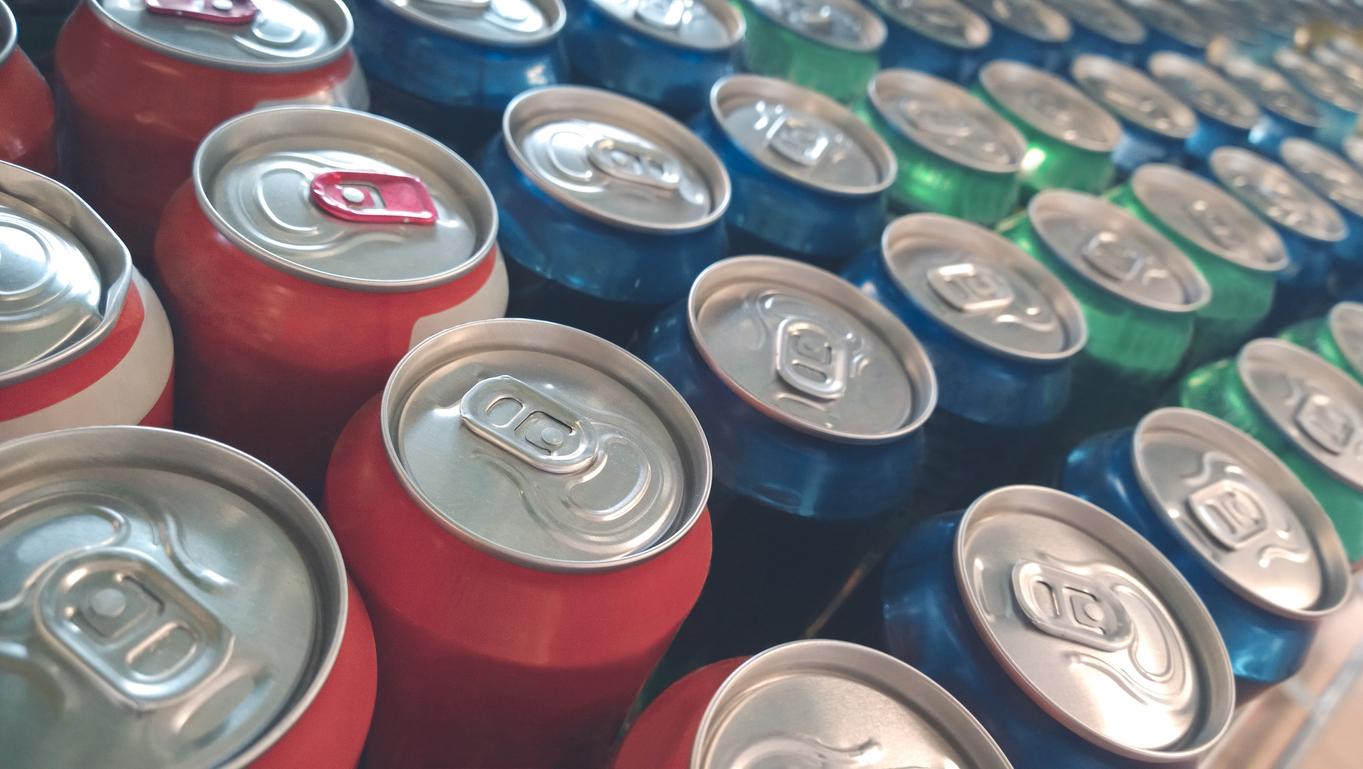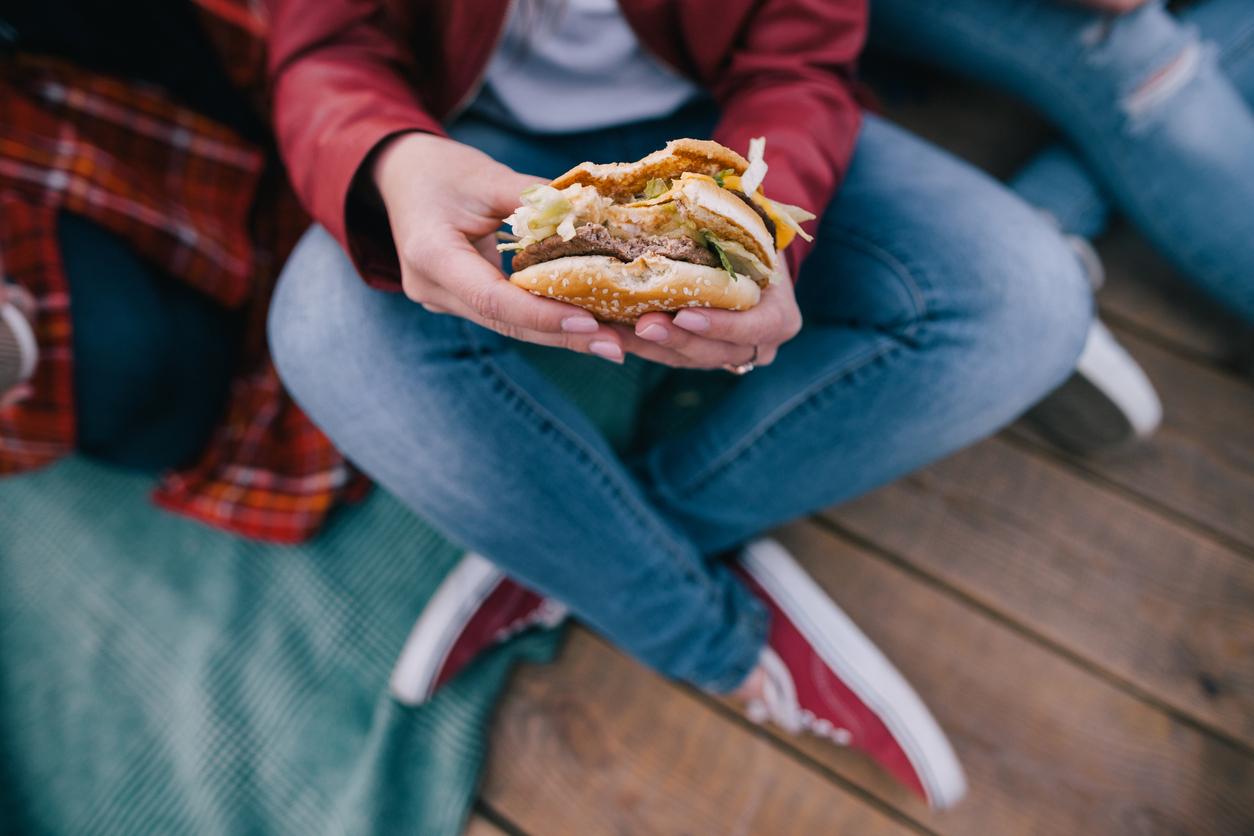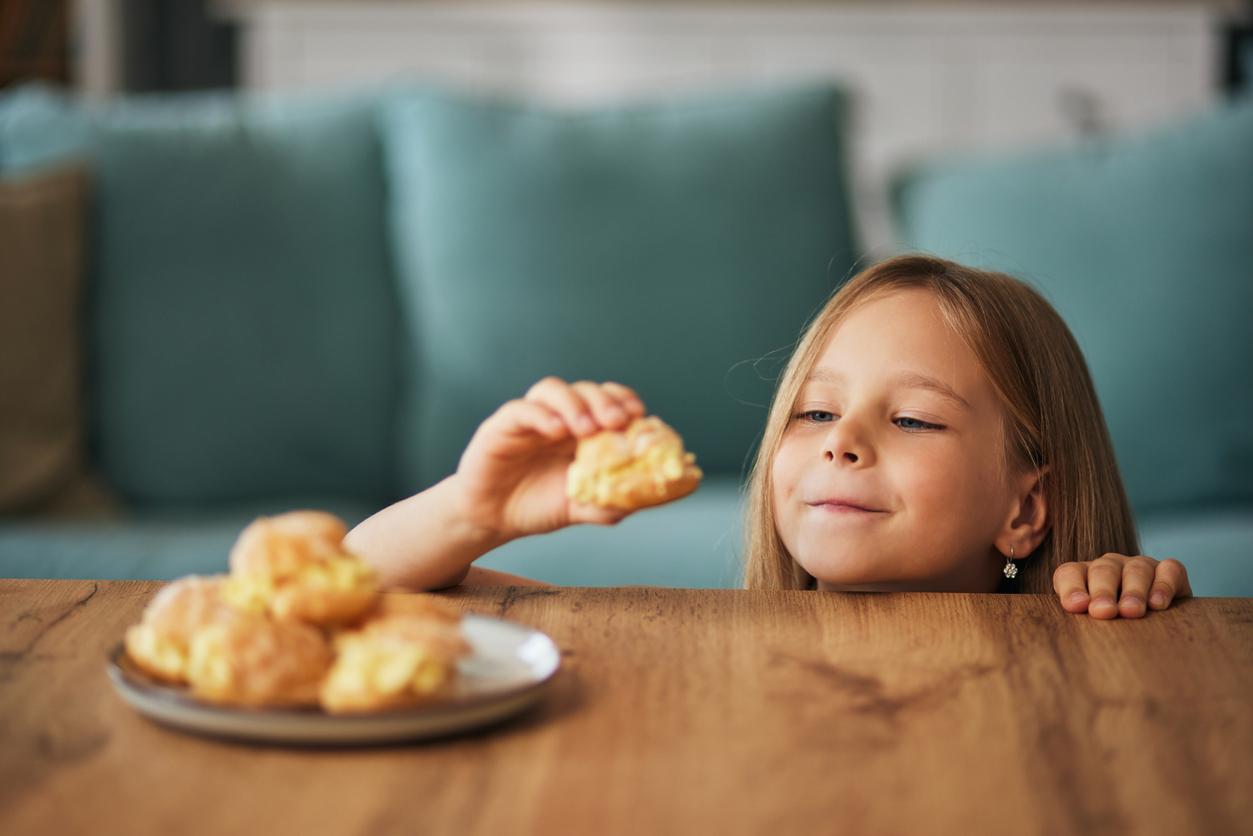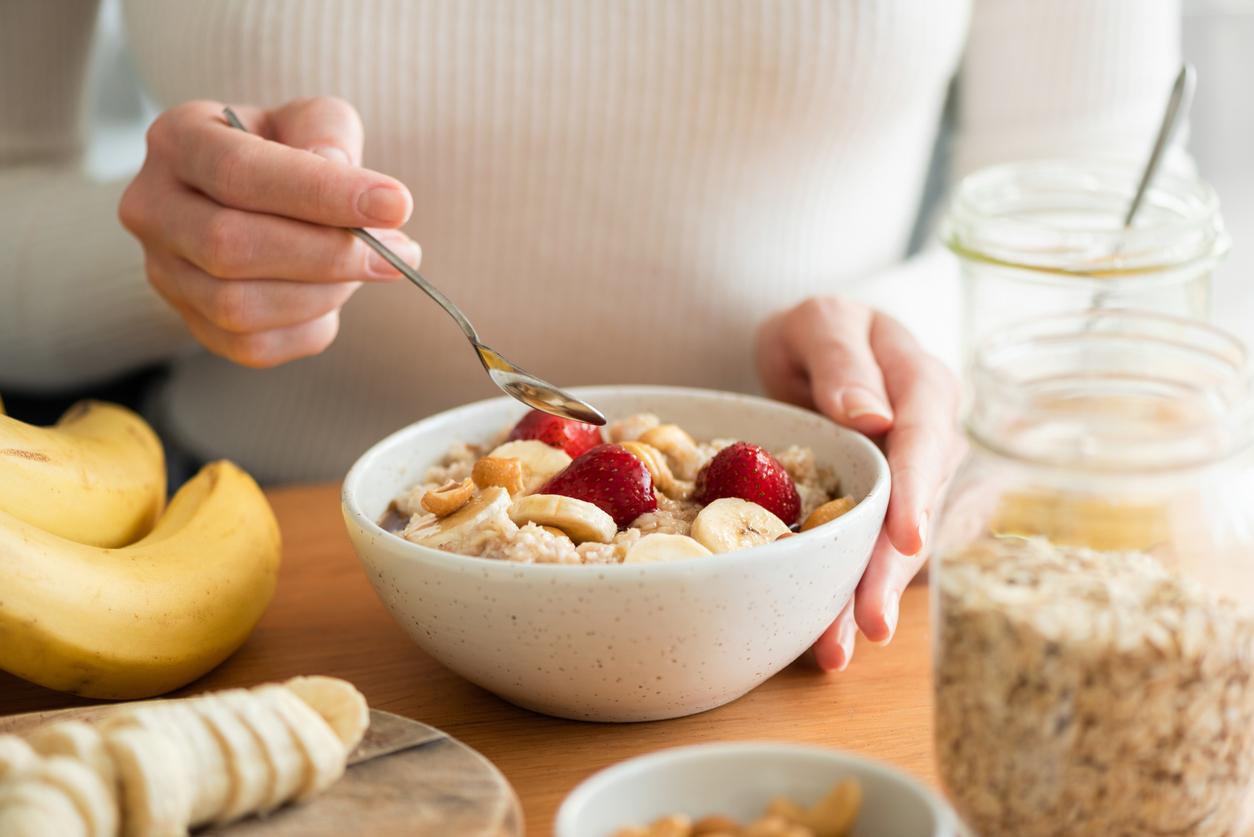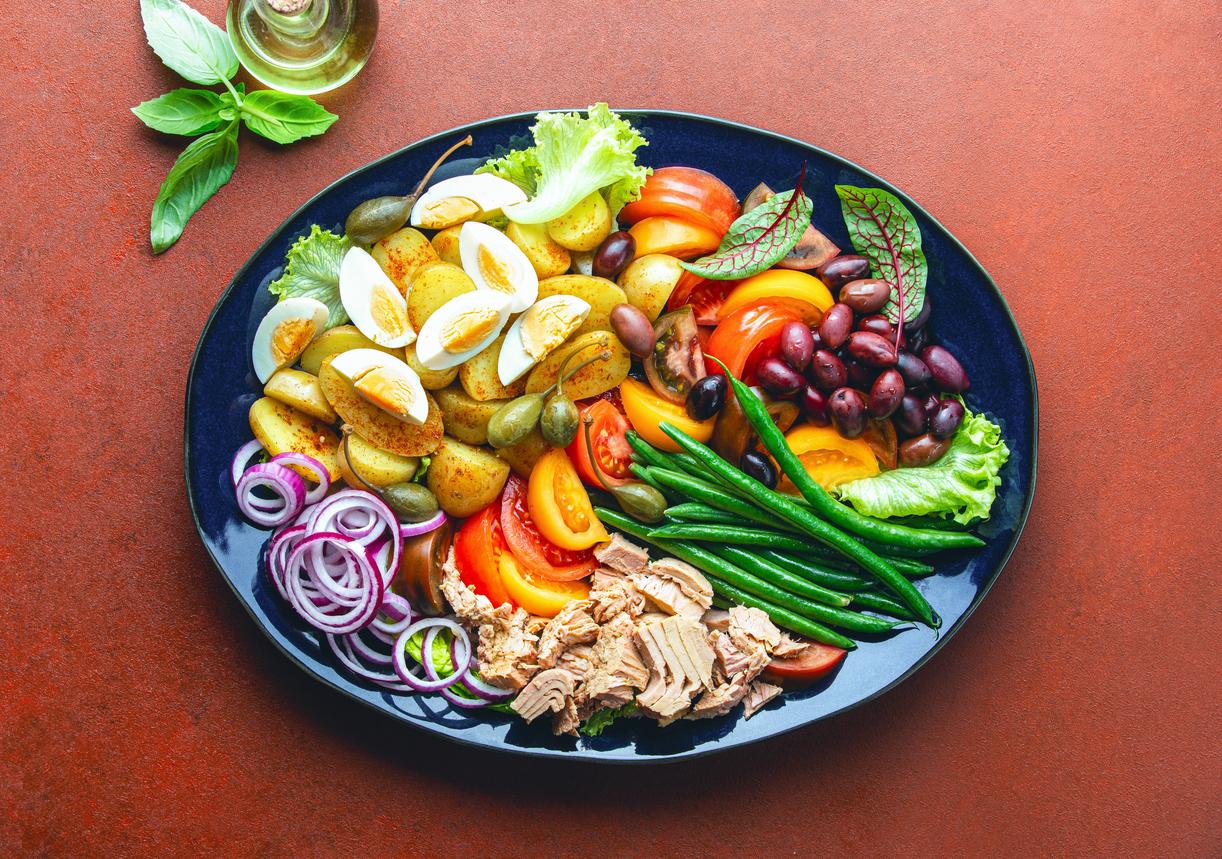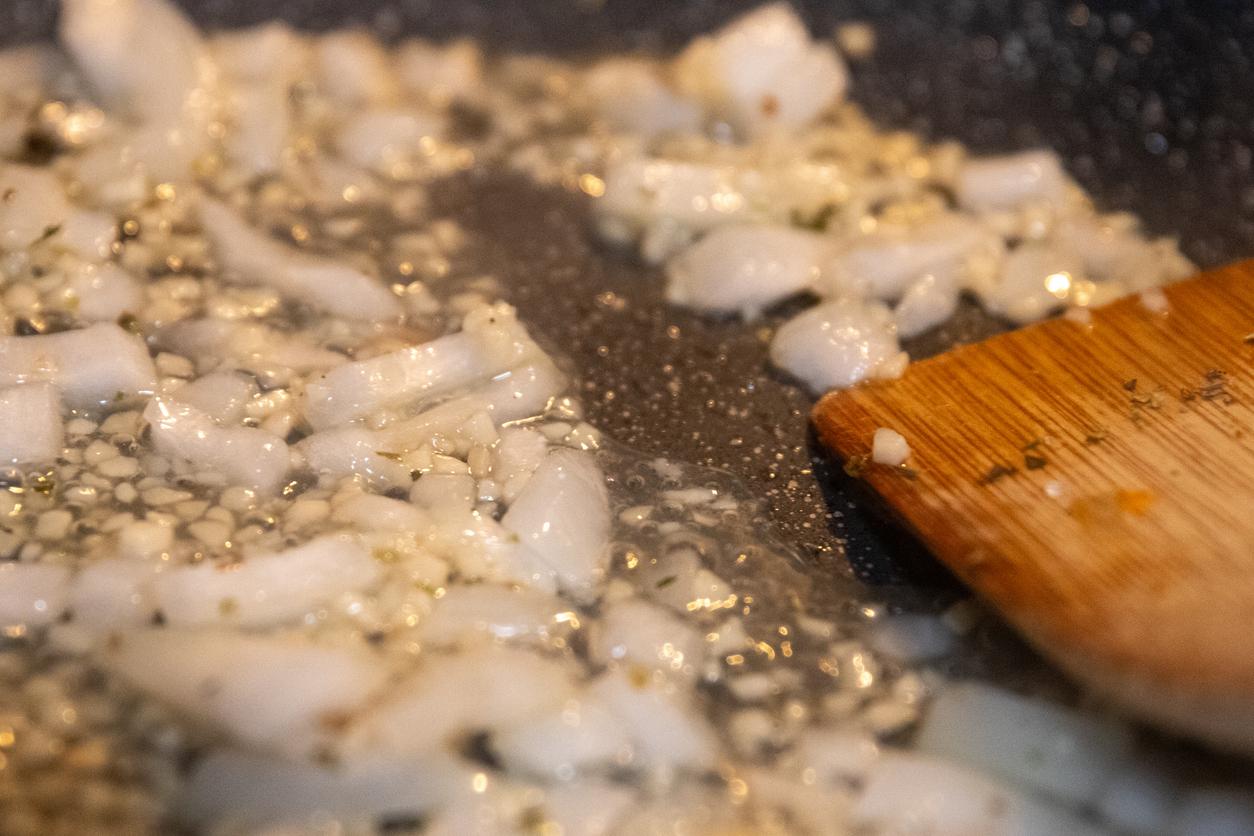Polypropylene bottles cause a baby to swallow more than a million plastic microparticles every day.

- Polypropylene bottles release plastic microparticles when heated.
- These microparticles are detached under the action of hot water and shaking of the container.
- The hotter the liquid poured into the bottle, the more plastic is released; at 25°C, there are 600,000 particles, 16 million at 70°C and 55 million at 95°C.
Pay attention to the containers in which you put baby milk, it can be dangerous for him. In a study published in nature food on October 19, 2020, researchers from Trinity College in Dublin (Ireland) alerted to the microplastics contained in polypropylene baby bottles. By following the recommendations for use formulated by the World Health Organization (WHO), these bottles would release up to 16 million microplastics per liter.
Polypropylene-based products are often used for food storage and preparation, but the effects of the microplastics they can release are unknown.
Very poor heat resistance
To realize the amount of microplastics that could be released, the researchers subjected baby bottles made of this material for 21 days. The different bottles tested represent 82% of the world market, the alternative being the glass bottle.
For their experiment, the scientists followed the protocol for preparing baby food recommended by the World Health Organization. To do this, they sterilized an empty bottle in boiling water, then filled it with water at 70°C. After adding the powder, they shook the bottle and then left it to cool until it was ready to be consumed. The liquid was then passed through a filter capable of retaining particles down to 0.8 microns to count the microparticles. The protocol was repeated with three different preparations (tap water, demineralized water and breast milk).
In all three scenarios, a similar number of microplastics were trapped by the filter. “Each bottle releases one million microplastic particles after being exposed to 70 degree watersays John Boland, materials engineer at Trinity College Dublin and co-author of the study. When we looked at what went under the filter, we found that there were usually trillions [un milliard de milliards, NDLR] of nanoparticles, so many that it is difficult to count them. They tend to clump together.”
In addition, the researchers found that the amount of microplastics varied with temperature; the more the polypropylene bottle was heated, the more particles it released. Thus, a shaken bottle containing water at 25°C releases 600,000 plastic particles per litre. When the water temperature reaches 70°C as in their experiment, there are 16,200,000 microplastic particles in one liter of water. With water at 95°C, 55 million particles were detached from the bottle.
Review WHO guidelines
For the researchers, these results can be explained by the material used, but also by the technique. Thus, shaking a liquid in a bottle tends to loosen more plastic particles. Likewise, reheating baby formula, especially in the microwave, is a bad idea. Finally, more than anything, it is the sterilization process itself that should be reviewed. “The sterilization process itself exacerbates the level of microplastic formation, such that if you omit the sterilization step, even if it is unsafe, you reduce the number of microplastics that are actually generated.”, comments John Boland.
The WHO recommends sterilizing baby bottles with very hot water to kill any bacteria that may be present. However, in light of these findings, the researchers are calling on global health authorities to re-examine WHO guidelines on how to prepare baby bottles. Similarly, they believe it would be wise to set standards for the amount of plastic that baby bottles can contain.
These results are much higher than those ofa study dating from last year and published in the journal Environmental science & technologywhich estimated that we ingest between 39,000 and 52,000 particles of microplastics each year, not counting those present in the air (which raised this figure to 74,000 particles).
.







